Yoav Brill’s documentary Apples and Oranges, about a moment in the history of the kibbutz movement, is mesmerizing. (photo by Avraham Eilat)
The 2024 Vancouver Jewish Film Festival takes place in person April 4-14 and online April 15-19. As usual, a diversity of offerings is included in this year’s festival and the Independent will review several films in this and upcoming issues. The Vancouver Jewish Film Centre also sponsors events throughout the year and some screenings take place before the annual festival begins. Full festival details will be online at vjff.org as April approaches.
Idealism remembered
Amid the euphoric aftermath of the 1967 war and the enduring popularity of the 1958 Leon Uris book Exodus (and its 1960 film incarnation), thousands of Jews and non-Jews descended on Israel to volunteer on kibbutzim.
They came to experience and emulate “the embodiment of man’s highest ideals – the kibbutznik,” as an apparently promotional film clip declares in Yoav Brill’s mesmerizing documentary Apples and Oranges. In just one particular spurt, 7,000 volunteers arrived in Israel en masse from around the world.
Through the recollections of aging Scandinavians, Brits, South Africans and others, and with nostalgia-inducing archival footage, the documentary shines a light on the socialist idealism and hippie adventurism that motivated these people to travel to the farming communities of rural Israel. Many returned, to Sweden, Denmark, wherever, and formed associations to support the kibbutzim and drum up more volunteers. So successful were they that the supply exceeded the demand. One group chartered a jumbo jet to go from Stockholm to Tel Aviv but the Israelis had to admit they had no use for 340 volunteers.
Generally, the spirit of the overseas visitors was welcomed, though the social impacts were not negligible. The temporary nature of their visits was disrupting. A middle-aged man reflects on his perspective as a kid on a kibbutz, welcoming all the strangers who became like big brothers and sisters, only to have his heart broken every time the groups departed from what he calls “the kibbutz fantasy.”
Strangers from another world – blond, exotic, sophisticated and drinking milk with their meals – descended on a cloistered society where all the teens had been together since kindergarten, introducing predictable social and hormonal disruptions. For their parts, many of the volunteers soon discovered they had no aptitude for the tasks to which they were set, although at least one Brit made use of his talents performing Shakespeare for an audience of cattle.
Many of the overseas youngsters were unabashedly out for sex, drugs and rock ’n’ roll. As one woman interviewed in the documentary says, “If there weren’t female volunteers at [Kibbutz] Mishmar HaSharon, many of our boys would still be virgins.”
In one incident that apparently caused national outrage, a group distributed hashish-laden brownies to an entire community, including at least one 8-year-old child, a crime that is not the least bit funny – but, of course, is hilarious when recounted by octogenarians who experienced it.
With their Cat Stevens and Bob Dylan LPs, the foreigners brought a little bit of Woodstock with them, and took away some Israeli dance routines. But the adventure, as the viewer knows more than do the figures in the old footage, would not end well. Terrorism, including a highly publicized attack in which a volunteer was murdered, would strangle the flow of future volunteers.
The documentary is a masterpiece of the genre, capturing the joy and exuberance of the experience for both Israelis and the visitors, but addressing the serious problems the interactions raised. The clash of cultures introduced existential issues, including around conversion, mixed marriages, secularization and, of course, the collapse of the traditional kibbutz.
The apples and oranges of the title, we are to understand, are the people who came together on the kibbutzim, as much as the produce they harvested.
Critics of the volunteer phenomenon seem to place some of the blame for the collapse of the kibbutz system on the labour underclass they represented, which undermined the egalitarian foundations of the movement.
The kibbutz network has largely petered out, almost entirely in spirit if not completely in form, and some of the Jews and non-Jews who came during the heyday have remained and integrated to varying degrees in the society that Israel has become. In one instance, an aging, bearded former volunteer actualizes his idealism by leading a ukulele orchestra.
The collapse of the idealistic experiment that the end of the film documents is expected but no less depressing for that. The slice of history and the magnificence of the story, so vividly told in the film, will stay with the viewer.
Transcendence of song
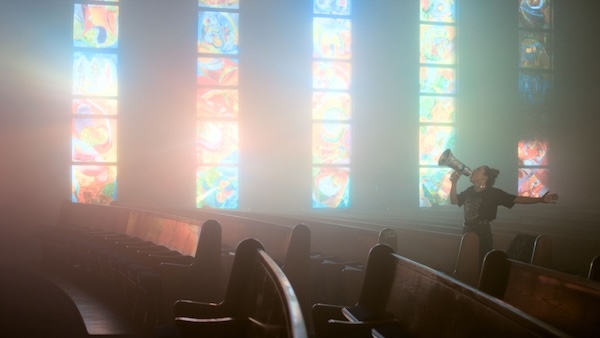
In Less than Kosher, a number of fairly two-dimensional character sketches come together – but with a redeeming twist.
A feature film that began its life as serialized online videos has the feel of excellent amateurism. Wayward Jewish girl meets rabbi’s bad boy son. Overbearing Jewish mother, well-intentioned buffoonish rabbi, go-along-to-get-along intermarried stepdad and hyper-chatty high school friend flesh out the cast.
Sitcom-like circumstances turn the atheist young woman into unlikely cantor. But the outstanding component of the film, the real star, is the voice of Shaina Silver-Baird, the lead actor and co-producer (with Michael Goldlist) of this cute confection.
The unlikely cantor Viv, whose once-promising pop music career is on the skids, has the voice of an angel and the story is less about her family or her romance with the (married) rabbi’s son than about the transcendent power of song. When she opens her lungs, Viv ushers in a changed world – and Silver-Baird’s voice invites the viewer into it. Music video-style segments, which Viv is dismayed to have dubbed “Judeopop,” raise the film to a different level. Liturgical music goes Broadway. Amy Winehouse does “Shalom Aleichem.”
A tiki-themed shiva is truly the icing on the sheet cake.
Mysterious case
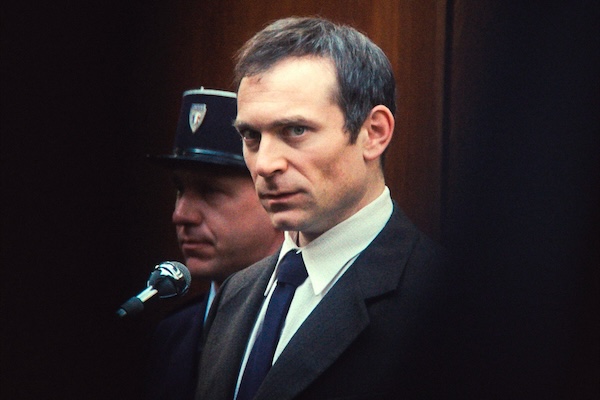
He was guilty of much, but was he guilty of murder? Pierre Goldman maintained he was innocent of the latter charges and a based-on-a-true-story film explores not only a man’s possible guilt but the intergenerational impacts of Polish-French Jewish life in the mid-20th century and their potential explanations for some unusual behaviours.
The Goldman Case is a dramatic reenactment of a famous (in France, at least) case of the Jewish son of Polish resistance heroes, whose own life was impacted by an apparent need to fill the giant shoes of his parents. The son wanted to be “a Jewish warrior” and so became a communist revolutionary, traveling to Latin America, Prague and elsewhere in search of opportunities for valour.
Charged with a series of crimes, including the murder during a holdup of two pharmacists, Goldman was convicted in 1974 and sentenced to life imprisonment, though he maintained he was innocent in the two deaths. Following the 1975 publication of his memoirs, the judicial system reconsidered his case and major French voices, including Jean-Paul Sartre, took up his cause. This film is a (massively condensed) court procedural of that retrial.
Goldman’s Jewishness was not on trial but, interestingly, his defence team built their case partly around his family’s experiences.
The case – and the film – end with a new verdict. But the dramatic story would continue. Audiences will no doubt race to Google more about Goldman and his crimes and punishments. Enduring mysteries, though, will make the search necessarily unsatisfying. This cannot be said of the film, though, which is a gripping enactment, enlivened by the extremely animated courtroom drama, which suggests the French judicial system tolerates a great deal more outbursts than we expect in Hollywood depictions of North American judicial proceedings.

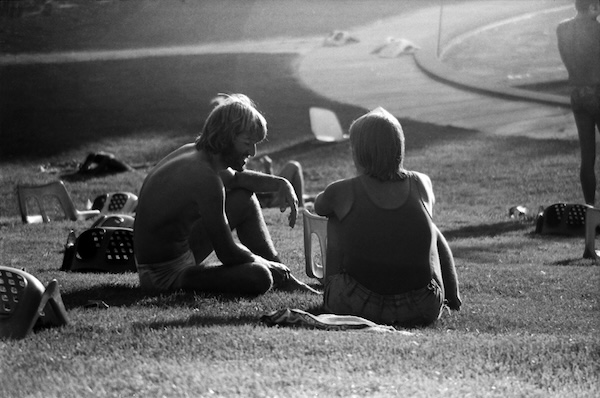
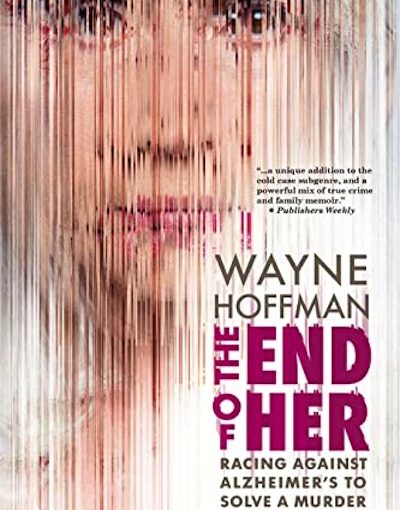


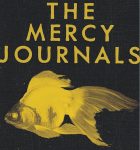
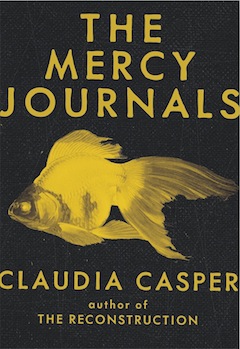 There’s a kind of implied self-righteousness and superiority in that kind of distancing rhetoric that seeks to separate us from the behavior of the “bad” cultures. I felt very deeply that, if we are to have any hope of truly limiting atrocities within our species, we have to accept that they are part of who we are. Part of the reason The Mercy Journals was set in the future in the first place was because I wanted to write about a genocide that hadn’t happened yet, and that happened in North America, that was committed by “our” culture, “our” team.
There’s a kind of implied self-righteousness and superiority in that kind of distancing rhetoric that seeks to separate us from the behavior of the “bad” cultures. I felt very deeply that, if we are to have any hope of truly limiting atrocities within our species, we have to accept that they are part of who we are. Part of the reason The Mercy Journals was set in the future in the first place was because I wanted to write about a genocide that hadn’t happened yet, and that happened in North America, that was committed by “our” culture, “our” team.